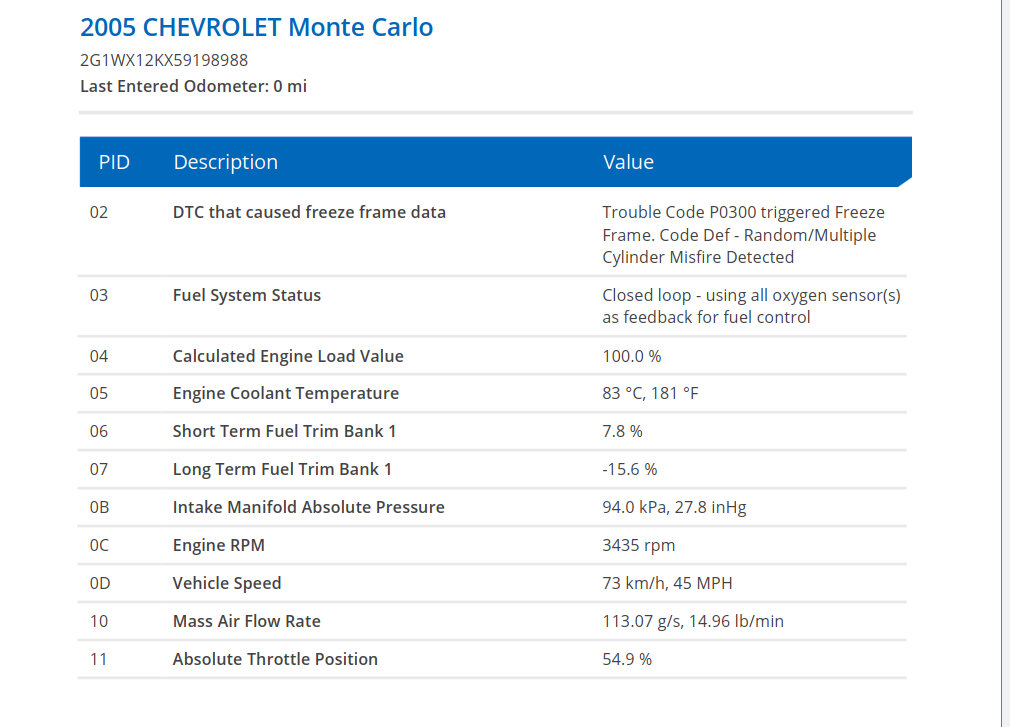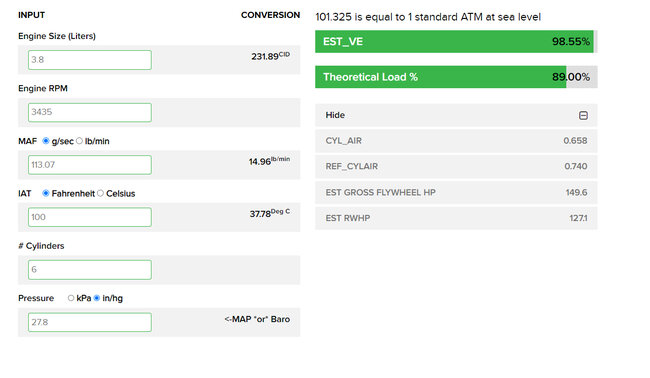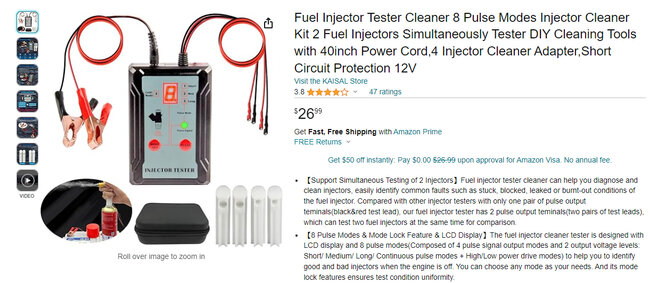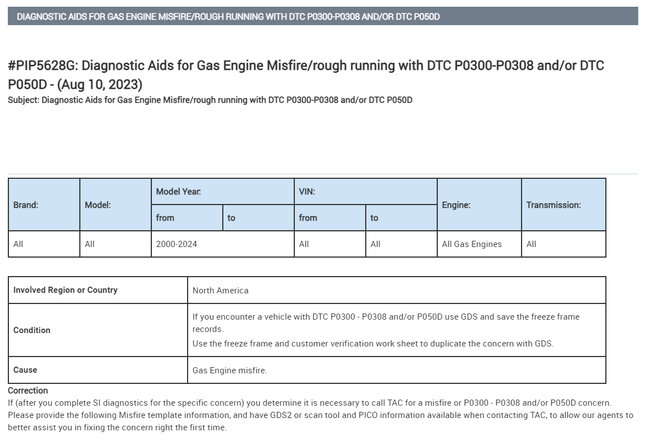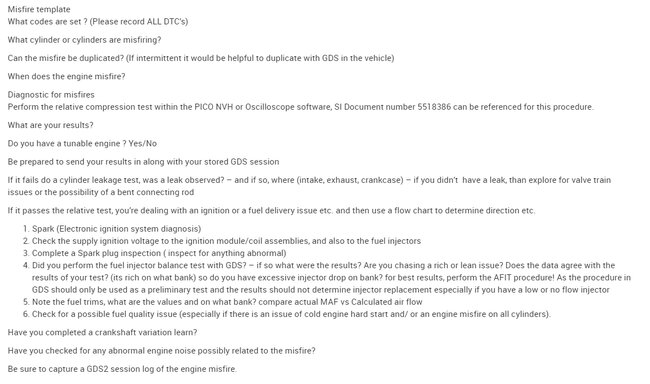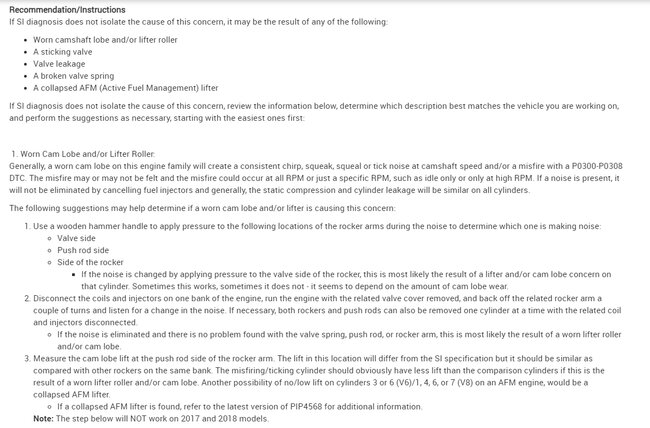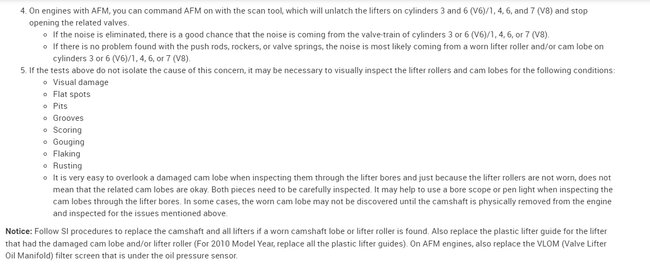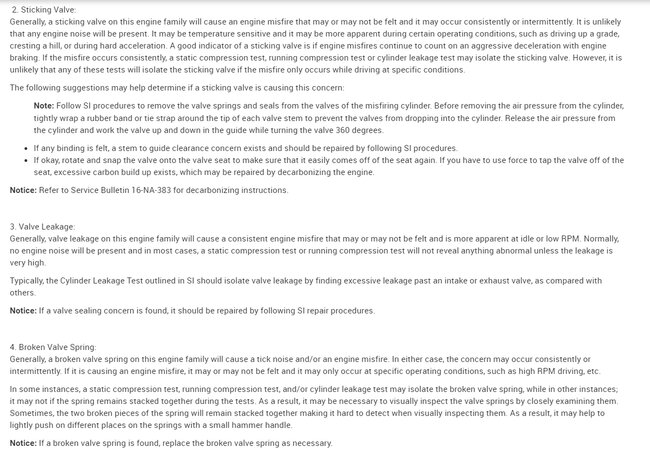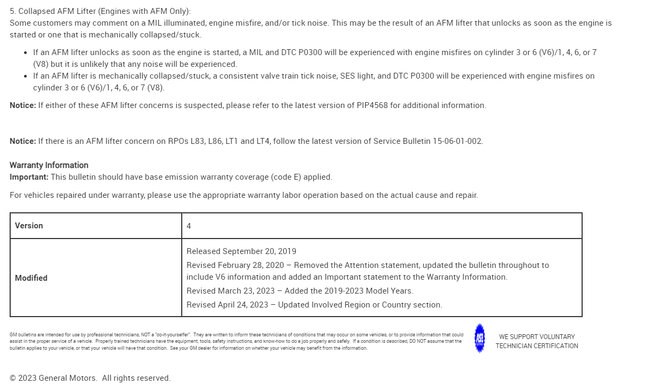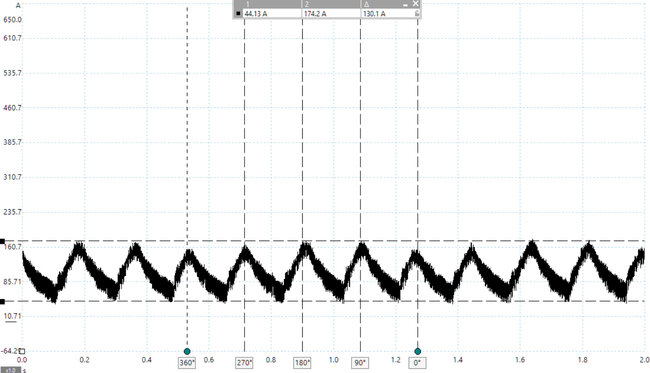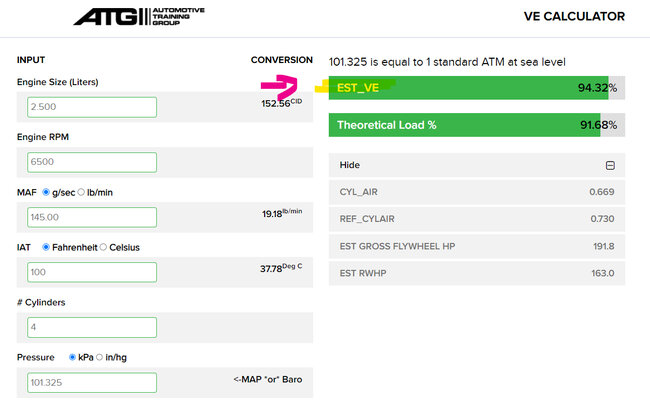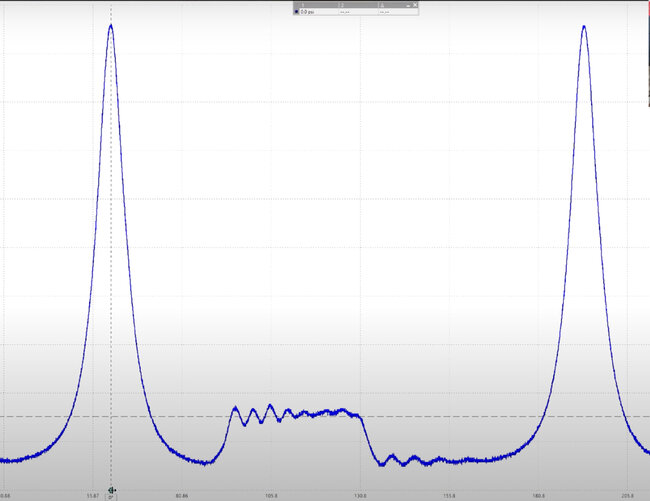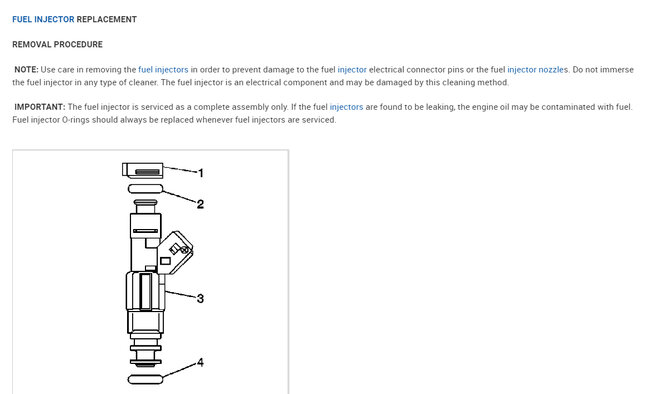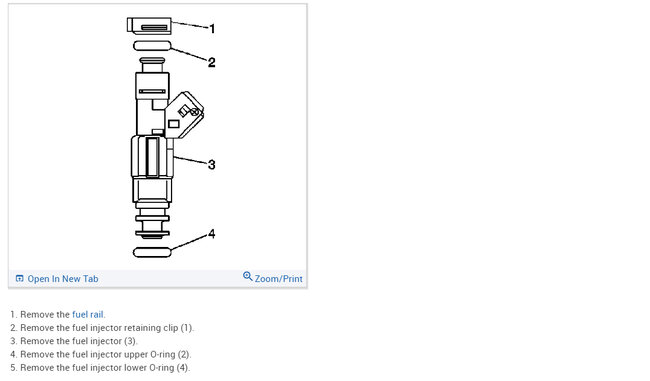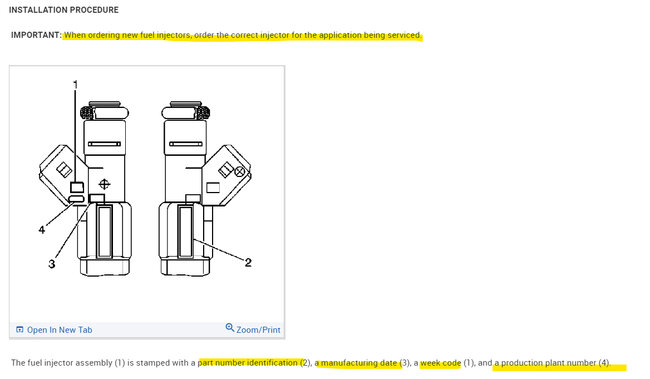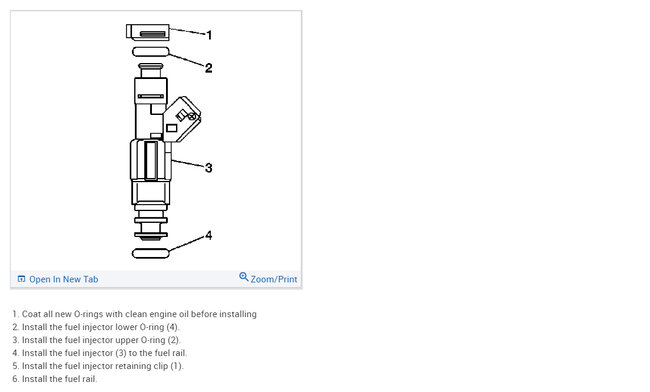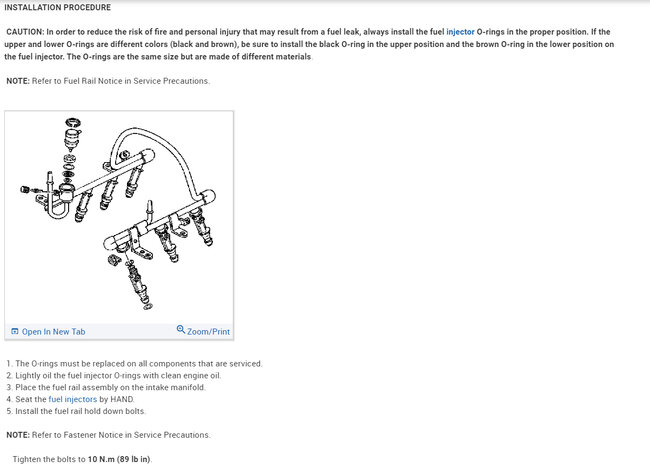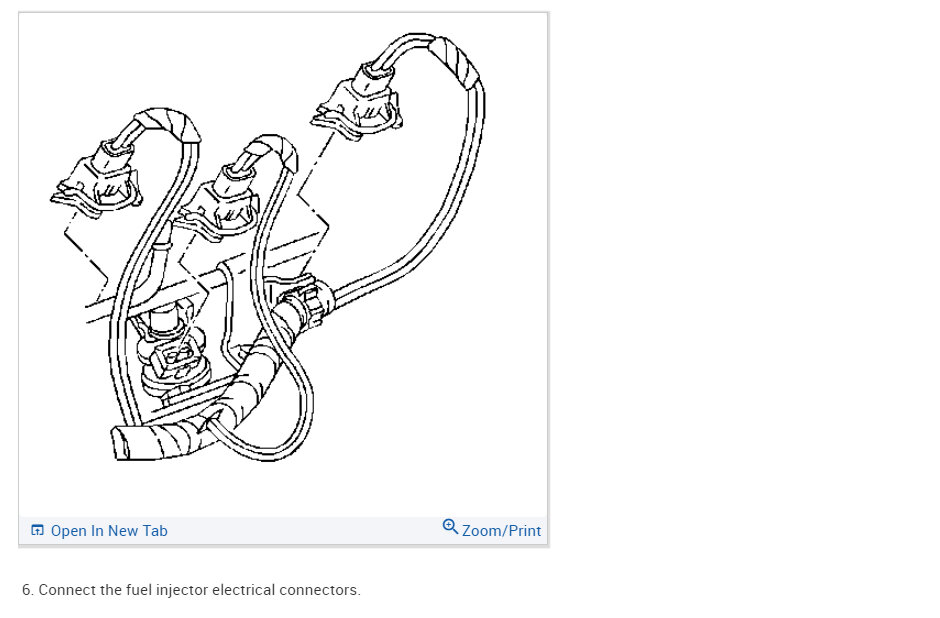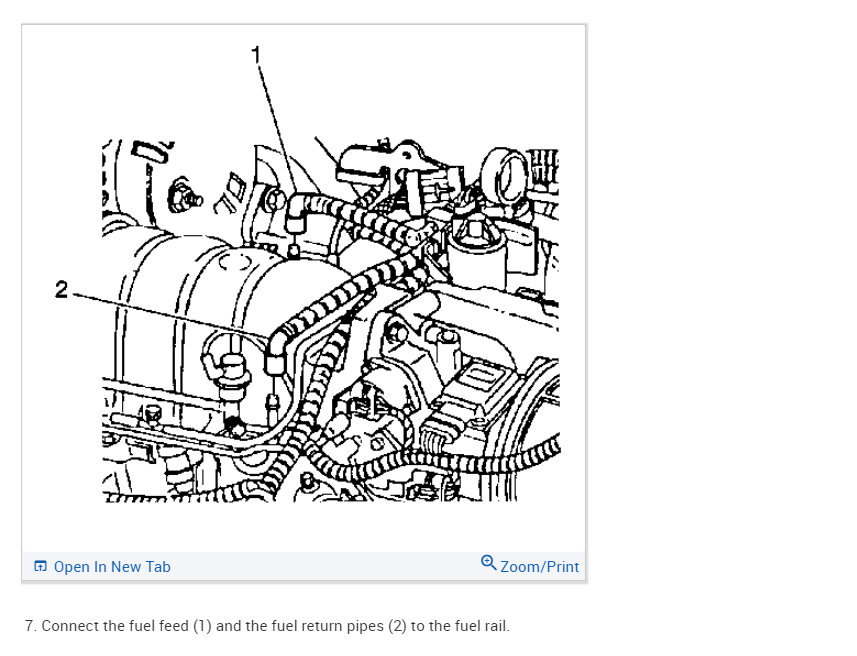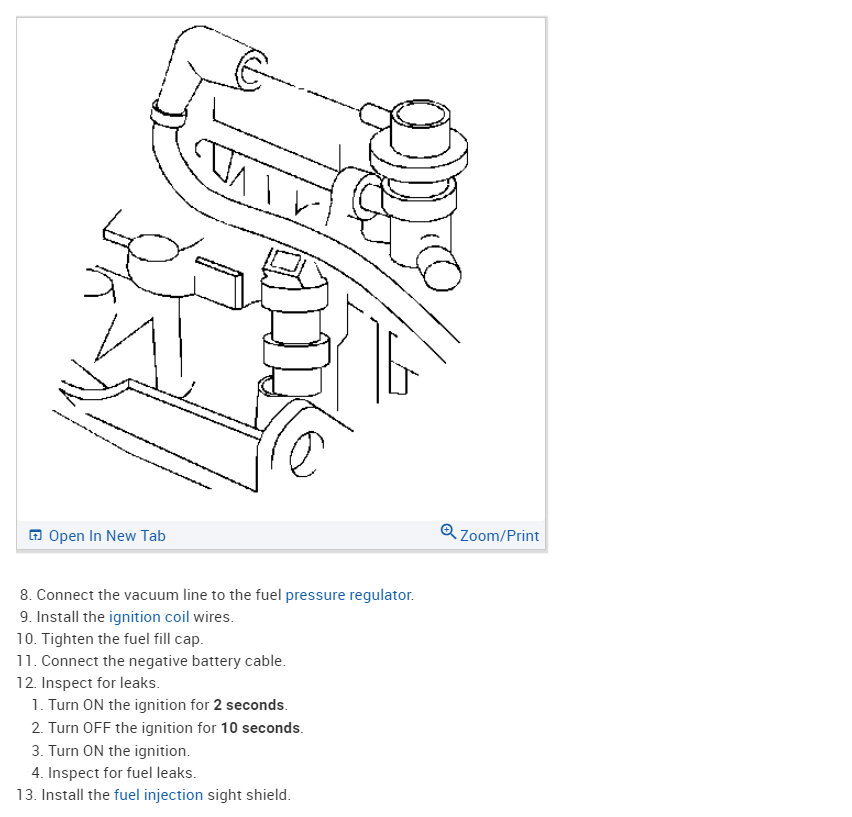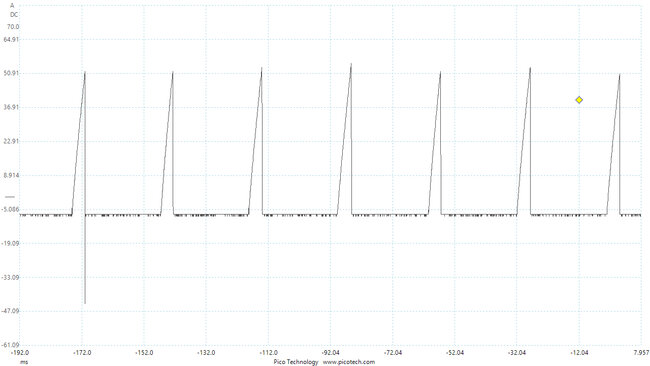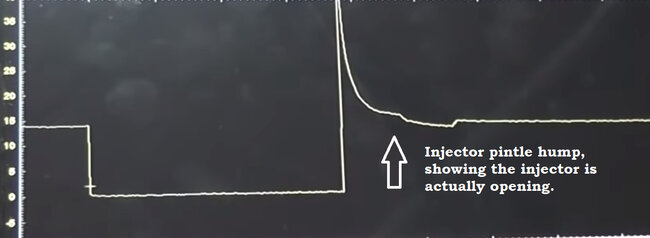I can re-create the misfire or avoid it depending on driving style.
Attached is scan data that is a good representation of the behavior. Numerous scans yield about the same results. The attached data includes some warm idle, and two ~0 to ~60 runs divided by pause/turning around. The first run is semi-spirited driving but not enough to re-create the behavior; the second run is far more spirited, and misfire then occurs, at time 105 seconds. The freeze data of the event is also attached. The engine mal-performs at this point and resumes normal by laying off the gas. The code is always P0300, and never is cylinder specific.
I’m a big fan of using scan data to diagnose the exact problem, rather than throwing parts at the likely candidates. So here are some facts on such candidates:
Newly replaced all 3 ignition coils
Inspected/confirmed all plug wires for continuity
Visually inspected/confirmed spark plugs for normal appearance
Measured fuel pressure with engine running – 48 PSI, + 8 more PSI when vacuum hose on FPR is disconnected. The pressure is then sustained with the key on, engine off.
Fuel filter, plugs and wires are all 7 years old, 50,000 miles. Fuel pump is original. Injectors are original. Ignition module is original.
Front O2 is 10 years old, 100,000 miles; rear O2 is 7 years old, 40,000 miles
The EVAP hose from throttle body to EVAP device is capped off and not attached to EVAP device. EVAP has historically had code P0449 due to the canister in the rear, and therefore was disconnected. (I do not reside in an emissions state). Code P0449 does not coincide with the current problem
From the scan data, I’m imagining all sensors are reporting correctly – pending your review
Observations of the data
You’ll see the LTFTs are double-digit-negative just about any time the car is moving, beyond the -10 but never reaching -25 that would throw rich code. This suggests correction for a rich condition. Too much fuel or not enough air. I verified the airbox and air filter were not clogged and re-created the misfire with air filter and box removed. Of course, the LTFTs are this way just the same in the first run when no misfire occurs.
The LTFTs then obey the +10/-10 range when idling.
From many observations, it seems that the misfire occurs whenever MAF of 15 to 20 is achieved (MAF beyond 20 has never been achieved) and does not occur at lesser MAFs 13 or below. So, it is not a simple matter of misfiring at a certain RPM.
So, as you might imagine, a precise diagnosis eludes me. Perhaps an expert 2nd opinion will be revealing.
Thank you
Monday, October 16th, 2023 AT 8:18 AM
